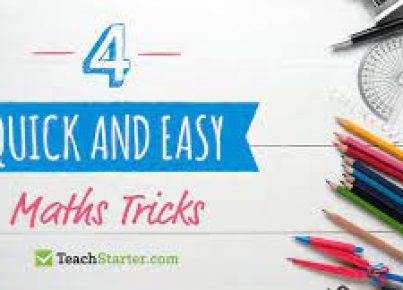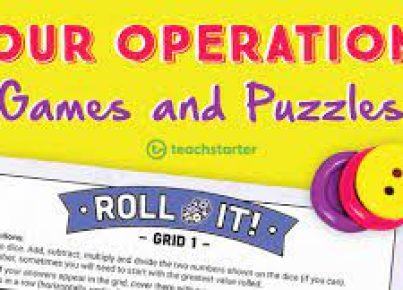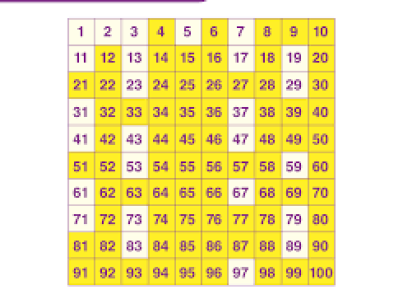Introduction:
Mathematics, a core subject in the educational curriculum, is crucial to a child’s academic success. As educators and parents, it is essential to provide engaging ways for kids to learn math concepts, making them relatable to the real world. By introducing math and money activities, children from kindergarten to grade eight can grasp crucial mathematical skills that will significantly impact their future financial choices.
In this article, we explore some exciting real-world math and money activities perfect for K-8 students as they embark on their journey towards financial literacy.
1. Grocery Store Price Comparison
This project not only exposes children to a realistic shopping experience but also hones their ability to compare prices. Have students gather weekly grocery ads or visit a local store. Working within a specified budget, they must choose items required for a week’s worth of meals and calculate the total cost of their selection.
2. Lemonade Stand
A lemonade stand is a classic activity that helps teach K-8 students about earning and managing money. Kids will learn valuable lessons regarding pricing, profits, expense tracking, and budgeting through buying supplies and advertising their business.
3. Saving for a Goal
Introduce the concept of saving by having kids set an achievable goal. Each student should come up with a roadmap for setting aside money to reach their goal (i.e., buying a toy or game). Use this opportunity to discuss delayed gratification and the benefits of savings accounts.
4. Class Auction
Turn math class into an entertaining auction house by featuring various items for students to bid on while practicing addition and subtraction skills. Students earn “play money” through classwork completion and positive behavior, which they can use during these auctions.
5. Restaurant Bill Calculation
Give students the experience of calculating restaurant bills while exploring multiplication, percentages (taxes), addition (for the total amount), and division (splitting the bill). By creating a makeshift restaurant with menus and play money, children can practice their math skills while pretending to dine out.
6. Roleplay as Bankers
As students progress to middle school, start introducing them to checking accounts and basic banking responsibilities. Set up a mock bank where students take turns serving as bankers – this will give them a valuable understanding of deposits, withdrawals, and balancing checkbooks.
7. Budget Planning
Simulate real-life budget scenarios by assigning students a specified monthly income. Then, provide them with descriptions of expenses like rent, utilities, groceries, and entertainment. Afterward, have discussions about wants versus needs and challenge them to find ways to save money or increase their earnings.
Conclusion:
By incorporating real-world math and money activities into the K-8 learning experience, students are more likely to build critical financial skills. Set the foundation for your student’s future by giving them the tools they need to succeed in math and navigate their finances confidently.




